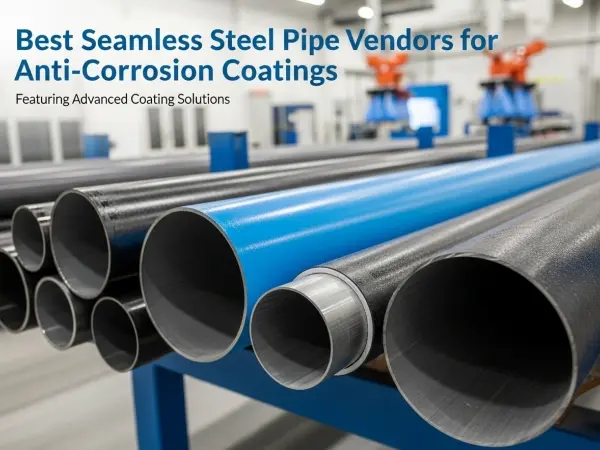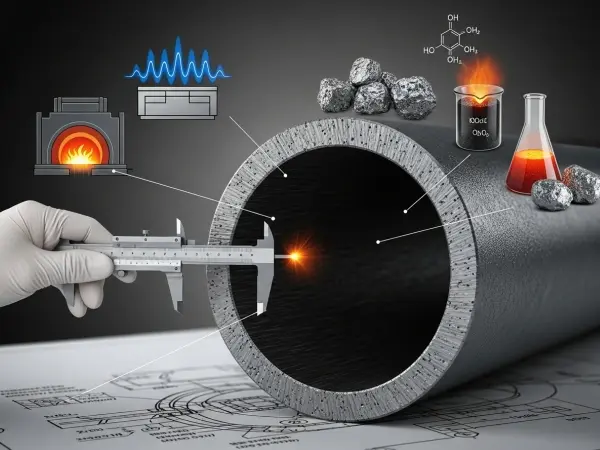
Precise steel pipe wall thickness control remains one of the most critical challenges in pipe manufacturing. Inconsistent steel pipe wall thickness can compromise structural integrity, cause regulatory non-compliance, and significantly increase material waste. This guide reveals 9 proven techniques to achieve optimal steel pipe wall thickness accuracy in seamless pipes, delivering superior quality while cutting production costs.
· Problem: Rapid temperature fluctuations cause uneven expansion, leading to thickness variations.
· Solution:
o Maintain stable heating/cooling rates (max ±30°C per adjustment).
o Use induction heating furnaces for precise temperature control.
· Impact: Reduces thermal stress-induced thickness deviations by 15-20%.
· Critical Checks:
o Verify centering roll positioning along the rolling axis.
o Adjust roll opening angles for consistent pressure.
· Benefit: Prevents asymmetric rolling, improving thickness tolerance to ±0.1mm.
· Requirement: The piercing mill’s rolling axis must align with the piercing carriage.
· Consequence of Misalignment:
o "Up-rolling" or "Down-rolling" causes uneven wall distribution.
· Correction: Laser-guided alignment systems ensure ±0.05mm precision.
· Worn Tools Cause:
o Irregular wall thickness (e.g., ±12.5% variation in untreated pipes).
· Maintenance Protocol:
o Replace worn mandrels, guide plates, and rolls every 500-800 production cycles.
· Result: Maintains ±7.5% tolerance (per API 5CT).
· Key Adjustments:
o Equalize top/bottom roll gaps and left/right guide distances.
o Ensure all tools are centered on the rolling axis.
· Outcome: Eliminates lopsided wall thinning.
· Specifications:
o Outer diameter: Φ108mm–Φ114mm
o Wall thickness: ≥25mm (uniform)
· Why It Matters: Thick-walled plugs resist bending, improving piercing stability.
· Material Selection:
o Use thick-walled seamless tubes (or solid billets for smaller sizes).
· Advantage: Reduces bending risk, enhancing wall consistency.
· Tolerances:
o Diameter accuracy: ±0.1mm
o Straightness: ≤5mm deviation
· Fabrication Method:
o Turned & welded (with precision dowels for alignment).
· Impact: Ensures ±0.05mm thickness uniformity in finished pipes.
· Prevent Thinning/Thickening:
o Adjust rolling speeds to avoid mid-process wall reduction.
o Implement real-time ultrasonic thickness monitoring.
· Standard Compliance: Meets ASTM A519 and EN 10305-1 Class E.

By implementing these 9 measures, manufacturers can achieve exceptional steel pipe wall thickness accuracy, drastically reducing scrap rates while guaranteeing compliance with API, ASTM, and EN standards for wall thickness tolerances. For high-precision steel pipes, investing in automated steel pipe wall thickness control systems and rigorous tool maintenance is critical to maintaining consistent quality.
Need precision-engineered seamless steel pipes? Contact Us for pipes with ±5% wall thickness tolerance!


